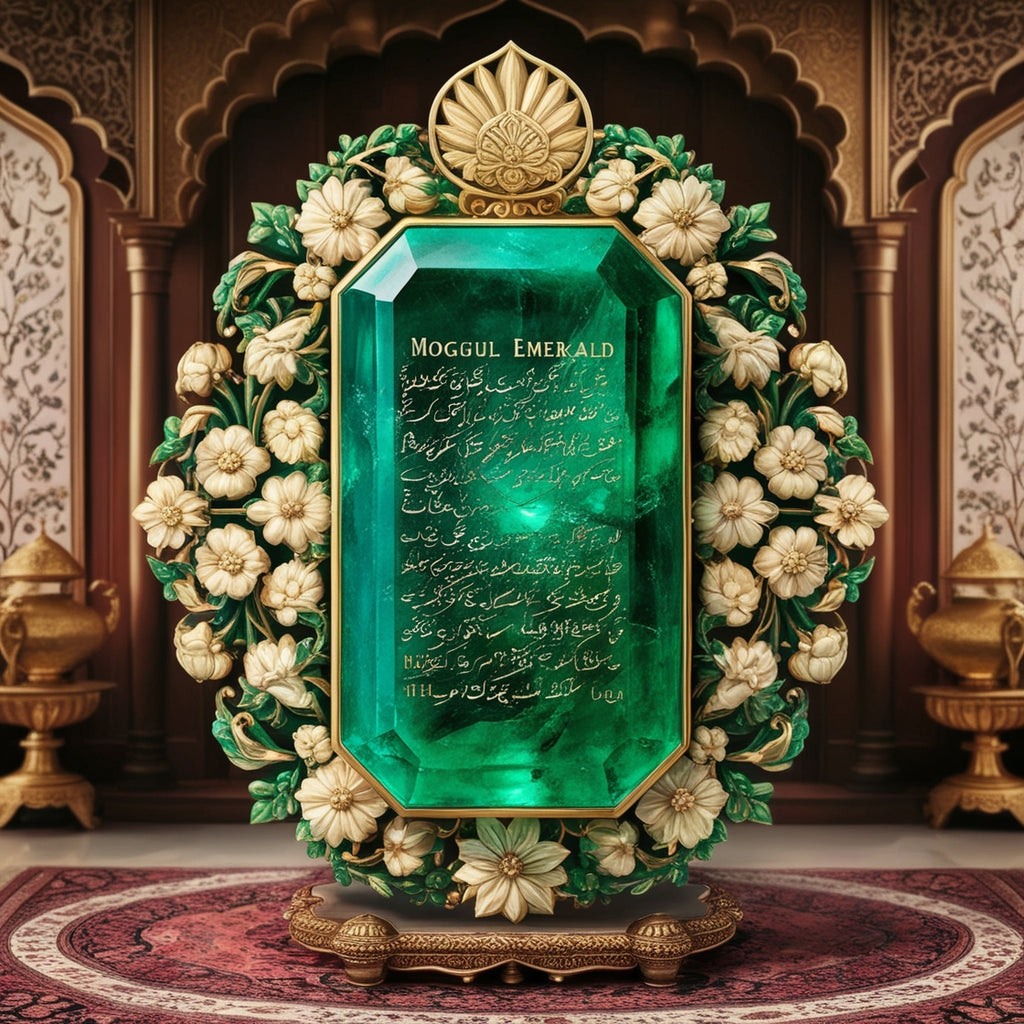
The Fascinating History of Emeralds

The Fascinating History of Emeralds
Emeralds, known for their unmistakable green hue and ancient history, have been admired and mystified throughout the centuries. In his work El Gran Libro de la Esmeralda (The Great Book of Emeralds), Martín de Retana delves into the fascinating journey of this precious stone, exploring its history and cultural significance across different civilizations.
Early Years: Egypt and the Ancient World
The earliest documented mentions of emeralds come from Ancient Egypt, where these stones were revered and used in rituals. Queen Cleopatra, a great lover of emeralds, used the gemstone not only in her jewelry but also as a symbol of power and eternity. Retana notes how the Egyptians believed emeralds possessed protective and healing properties, often using them in amulets.
The Egyptians mined emeralds in the Uadi Sikait region and other desert areas, where the stones were extracted and distributed as luxury items among royalty and nobility. This gem also became part of trade between ancient civilizations, reaching regions like Greece and Rome.
Emeralds in the Roman Era and the Renaissance
During the Roman Empire, emeralds continued to be highly valued. The Romans associated emeralds with Venus, the goddess of love and beauty, and believed they had the power to restore youth. In his writings, Retana highlights how the Romans also thought that looking at emeralds could relieve eye fatigue, a theory that made them popular among the elite and scholars of the time.
In the Renaissance, emeralds regained popularity in Europe. With the rediscovery of cutting and polishing techniques, emeralds became a status symbol among European aristocrats. Great Renaissance figures, including kings and nobles, owned jewelry and decorative objects adorned with emeralds, reinforcing their status as a symbol of power and wealth.
The Conquest of America and Colombian Emeralds
With the arrival of Spanish explorers in the Americas in the 16th century, the world marveled at the emeralds found in the Andean region. The Muisca people, indigenous inhabitants of present-day Colombia, had been extracting emeralds long before the Europeans arrived and considered them sacred, using them in offerings and rituals for their deities. The Muzo and Chivor mines, which remain significant sources of emeralds today, were discovered and exploited by the colonizers, who shipped large quantities of these gems back to Europe.
Martín de Retana emphasizes the cultural and economic impact that these emeralds had in Europe and Asia. As their beauty and rarity spread, Colombian emeralds became a symbol of luxury in European courts, and their trade reached Asia, particularly through the Ottoman Empire and India.
Modern Emeralds and Their Relevance
Today, Colombian emeralds remain some of the most valuable and sought-after in the world, known for their deep color and distinctive inclusions, which gemologists refer to as “gardens.” Modern mining has advanced in extraction and processing techniques, allowing for safer and more ethical access to these gems.
Retana describes how emeralds, beyond their aesthetic value, represent the history of civilizations, geology, and global trade. They are more than just a precious stone; they are a capsule of human history, witnessing our cultural development and fascination with beauty.

















